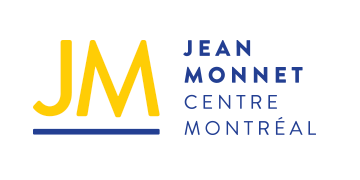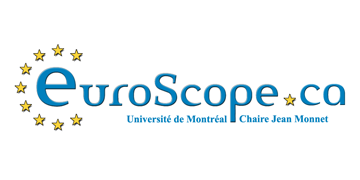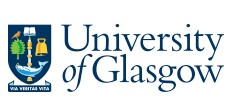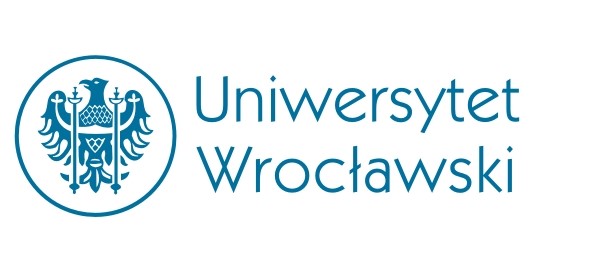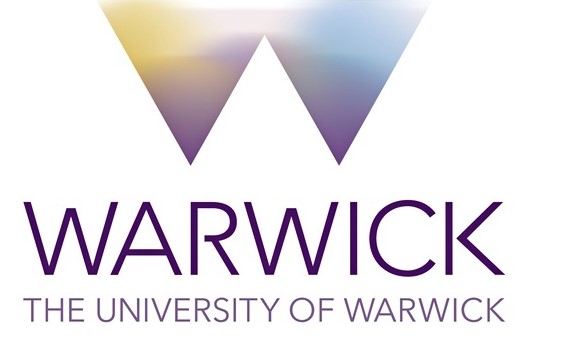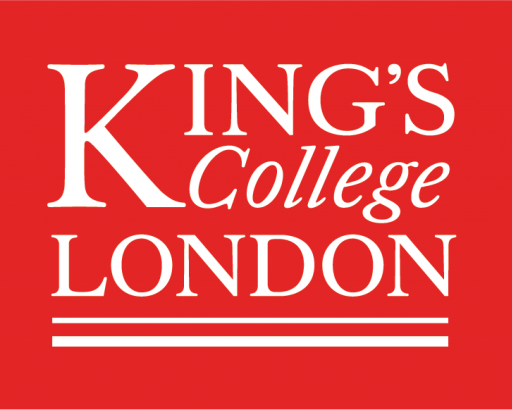Siddharth Divakaruni, February 2019
Allowing me to travel to Riga, Narva, and Tallinn, the BEAR Network Undergraduate Mobility Grant exposed me to the topics of settler migration and multifaceted identities in an entirely new context. Before the trip, much of what is referred to as “Eastern Europe” was, to me, simply a space of contestation of influence between the Western powers and Russia. However, it is also a space of contesting identity politics, which while existing within a larger geopolitical politics, emphasize the singularities of the Baltics as a former Soviet space. Throughout the field trip, the conversations with people from planned talks with museum personnel, NGO workers, and academics, to impromptu conversations with taxi drivers and shopkeepers were an informative delicacy.
Visiting the Latvian Museum Occupation and speaking with its director was the first example of upending my stereotypes about Eastern Europe. Right away, my assumptions were challenged: many Latvians prefer calling it “Northern Europe” over “Eastern Europe” to delineate a shift in thinking away from the Iron Curtain and Cold War and towards a Latvia within Europe in a more globalized world. Furthermore, within the museum, as well as alongside several memorials related to the Soviet era, there existed narrative of wrongful occupation, displacement, and killing of peoples that may have underscored an unwillingness to critically engage with the history so as to move on. To surmise, I should paraphrase the aforementioned director, a non-indigenous Australian member of the Latvian diaspora (informing the diasporic image the Latvian nation emphasizes): We are left with 3 types of scars—economic, demographic, and psychological.
Estonia, afterwards, helped in understanding Latvia better in addition to itself. When visiting the border town of Narva, we discovered quickly that this was a place left behind in time, and an eerie similarity had emerged regarding discourse in North America and Europe about certain groups as “left behind”—in this case, ethnic Russians. By contrast, Latvia was portrayed by many as allotting more space to “Russianness” in Riga as opposed to Estonia writ large and thus perhaps resulting in more integration in the present day. (This point seemed especially true when later seeing how much Tallinn has endeavored more towards “Westernization”.)
Moreover, in Narva, we had the opportunity to speak with Dr. Kristina Kallas, a dean of the University of Tartu and founder of the new party Estonia 200 that contested in the 2019 parliamentary elections this past March. We discussed the history of Narva, its virtual nonexistence before the 20th century, the deindustrialization and post-Soviet era disenfranchisement of the majority Russian ethnic population, as well as the reluctance on both sides to relinquish the past. On the side of the ethnic Estonians and the central government were unwilling to recognize a permanent fixture of their demographics and integrate Estonian and Russian school students. Thankfully, there is some push by civil society NGOs to remedy this and bring the conversation of integration more into the forefront. Russians, perhaps more vulnerable in Estonia than in Latvia, are apprehensive their Russian culture would be erased in integrated schools, as well as to interact with a purported “closed off” ethnic Estonian population.
Overall, the trip has certainly made me wonder what the future of Estonia will be as it makes gains in the technology sector and integrates itself more closely with the EU. On the other side, as Latvia faces a declining population and a less thriving economic picture, how will its relationship with the EU continue given well known legacies?


